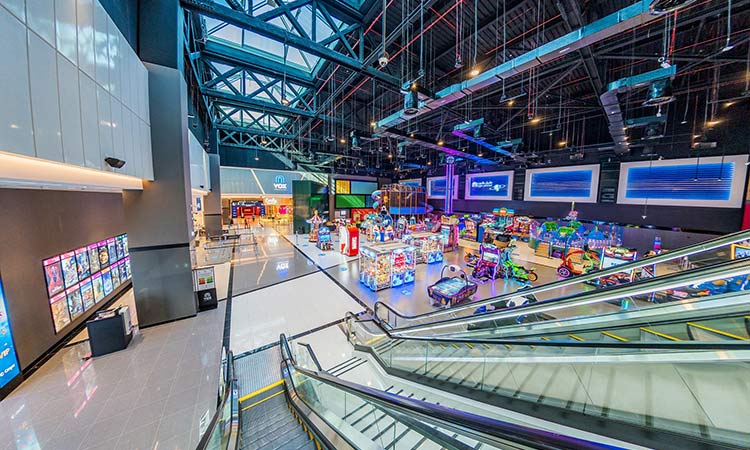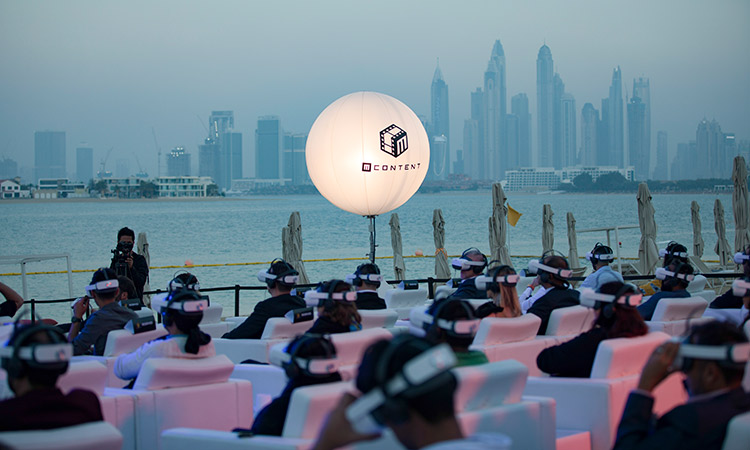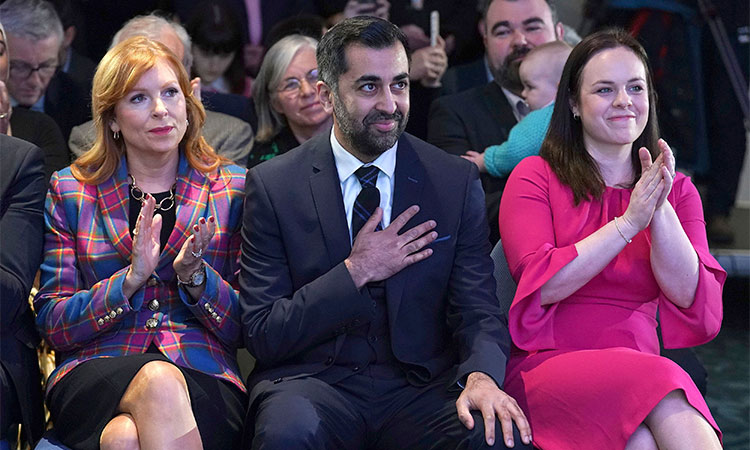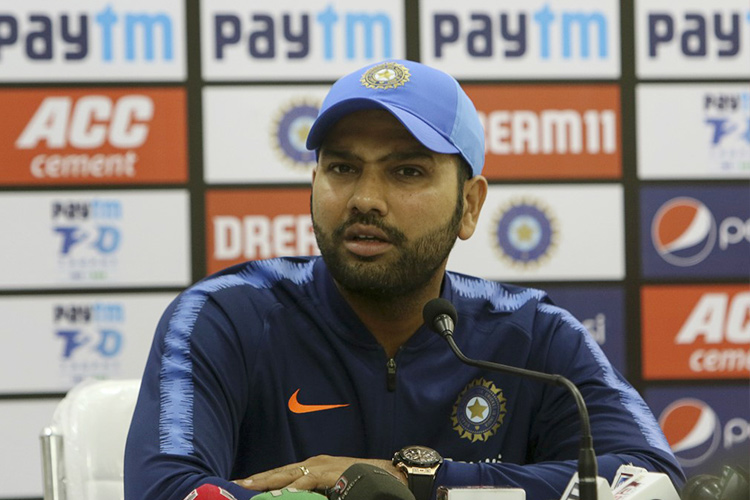Three-hour-plus film? Please give us an intermission

Illustrative image.
Clemence Michallon, The Independent
Once upon a time, I used to feel something akin to trepidation when sitting down for a three-hour-plus movie. Is that length really necessary? I wondered. This all better be worth it. I used to believe in brevity. In the power of not saying in ten words what you can say in five. That few stories were truly worth three hours of my time. Well, no more. I’m done fighting. I’ve accepted my fate. These days, I look inside my heart and find only acceptance for supersised films.
A big factor in my change of mind was a tweet by screenwriter Zack Stentz, which read: “A thing I admire about Scorsese that’s really rare is that if he has only a modest budget to make a passion project like Silence or Last Temptation, he will bust out every Roger Corman trick he knows to get it done. But if a studio opens the checkbook, the dude will SPEND.” According to the newsletter Chartr, the average blockbuster runtime increased by 15 to 20 minutes between the mid to late 1990s and now. Martin Scorese’s new Killers of the Flower Moon is three and a half hours long (though at 206 minutes, it’s slightly shorter than The Irishman, which remains the longest of his career at 209 minutes).
Christopher Nolan’s summer blockbuster Oppenheimer lasted three hours. Many of the recent big releases — from House of Gucci to Eternals — came at least close to that mark. Life is short. Movies are long. Who am I to object? What once appeared to me as a refusal to trim down a movie to an acceptable length has been reframed into a much more delightful brand of artistic fancy. Spend that money! Make those three-hour-plus movies. But if we’re going to comfortably settle into the era of the marathon film then something needs to change.
Life doesn’t stop when the movie starts. People get thirsty. People need to refill their snacks. People need bathroom breaks. People have bad backs, and bad knees, and need to stand and shake out their legs. The likelihood that people will need to perform one or several of these acts of self-care increases exponentially once a movie starts hovering around three hours.
Just because I understand the very human needs behind those interruptions doesn’t mean I enjoy the disruption. Even with the best-behaved moviegoers, sheer crowd size makes it hard to stay focused on the screen once people start filing in and out. One of my favorite movie theaters in New York City sits around 600 people. That’s equivalent to the entire town of Hartville, Missouri, which as of 2020 had been determined to be the center of the US population.
I saw Dune in that movie theater. The most vivid memory I have from this screening is the period of 15 to 20 minutes I spent moving my legs out of the way and looking over shoulders as a whole Hartville’s worth of people left and returned. I don’t resent my fellow moviegoers — truly, I get it! Just last week, I hydrated a little too zealously before going to see Killers of the Flower Moon and had to resolve myself to take a bathroom break. That meant I had to miss a few minutes, and, reader, I hate missing even one. Without fail, I convince myself that this is the moment during which a detail will be introduced, only to be revealed to have monumental importance later on, and I will miss all that symbolic meaning because I was busy trying to get the hand dryer to work.
There is a simple solution to all this: bring back the intermission. My understanding is that movie theaters used to have them, but alas, by the time I was born, they were a thing of the past. Not even Titanic, a blockbuster of such dimensions it didn’t fit on a single VHS, managed to resuscitate it.
I happen to enjoy going to the ballet quite a bit. And ballet people wouldn’t dream of asking their audience to sit still without an intermission for extended periods of time. Romeo & Juliet at the American Ballet Theater has a runtime of 178 minutes and comes with not one, but two intermissions. (That’s the ultimate luxury: you can use one of them for a bathroom break, and the other for a quick drink.)
Giselle and Swan Lake run for a comparatively modest 132 and 145 minutes respectively, and they each get one intermission. Those intermissions aren’t just here for spectators’ convenience; they also serve the dancers, and can be used for costume and set changes. But they are also a key part of ballet etiquette: once the performance resumes, no one gets out of their chair. No one talks. That’s what the intermission is for, and outside of those 15-ish minutes, the show takes full priority.
Sure, an intermission does take you out of the moment slightly. For a few minutes, regular life returns. You’re not watching Verona tearing itself apart over Romeo and Juliet’s romance; you’re in a bathroom line. But when you go back, you are truly immersed into the action. And it’s not like our current, intermission-free movie theater model perfectly preserves the moviegoing experience — all it does is split what could be one organised disruption into a dozen small inconveniences, spreading it out over time.
In the words of Nicole Kidman in the now-cult AMC ad: we come to this place for magic. Bring back the intermission. Save the magic.







